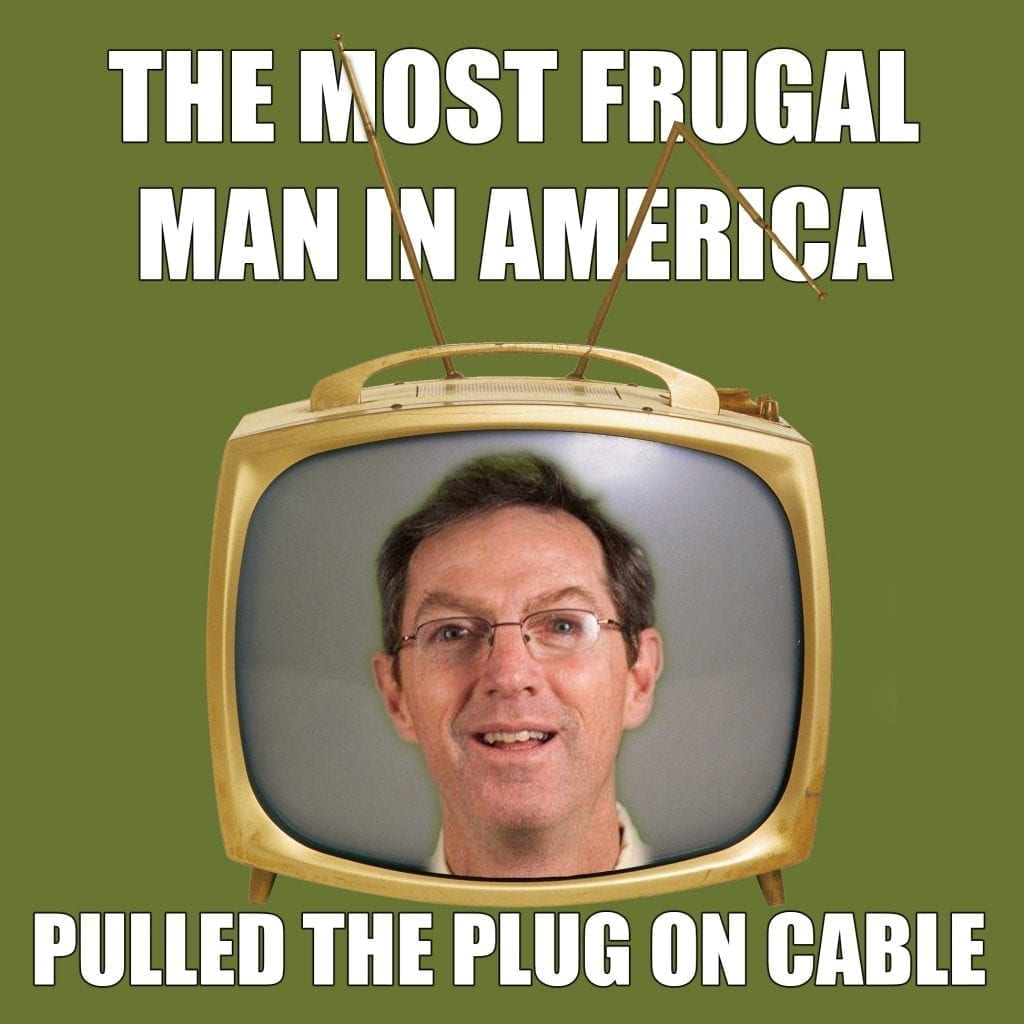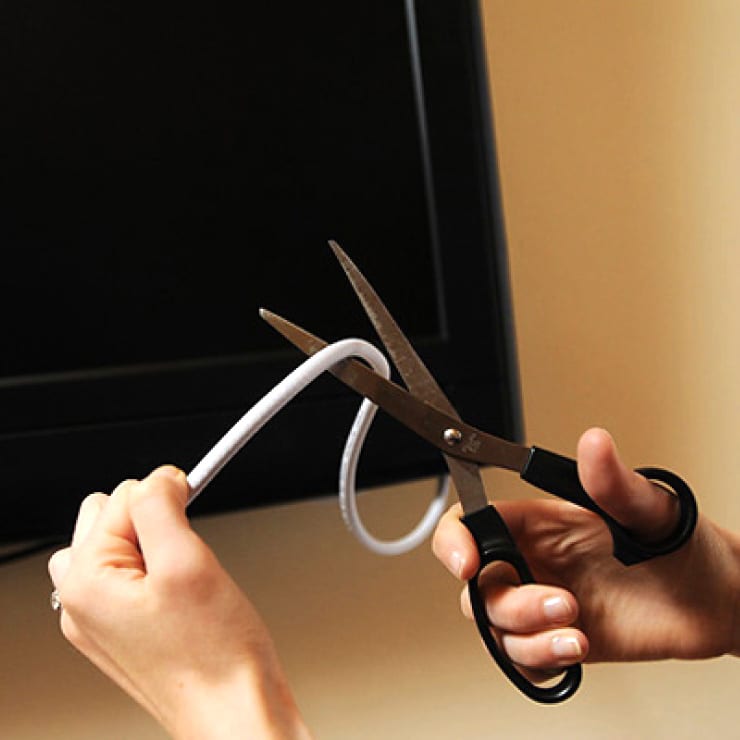Frugal Man Pulls Plug on Cable, Saves $1,200 a Year
We don’t have ESPN at my house, which is a little like a minister saying he doesn’t have a Bible at home.
I was a sports writer for 25 years in a previous life, and there were days that sports were like religion in my home. My sons worship SportsCenter, NFL Countdown, Gameday and all 2,798 games the network broadcasts.
Or at least they did, back when we had cable.
Now, we’ve got rabbit ears. Actually, it’s just a rabbit ear. One of the ears broke three years ago, and we haven’t replaced it.
Still, the lonely rabbit ear pulls in about 11 channels, three of them are PBS stations. That’s all the TV we need – and we’re saving $1,200 a year not watching cable.
I pulled the plug on cable in 2009, and though my children might disagree loudly, it has made perfect sense – and cents – every day since then. Conversation and reading are part of our nightly routine. Angry battles over TV addiction are not. It was a lot easier than you’d expect.
The Fays were the typical cable family with sports, news or nonsense of some kind shouting at us every waking minute of every day. The average kid watches four hours of television a day, and my kids were above average.
They were addicted, especially to the cable end of cable television. Watching ESPN, Discovery Channel or E! was oxygen for their eyes and lungs. They couldn’t breathe without it, and they knew it.
So it made sense, at least to me, when I yanked the cable cord out of the back of the TV. I was doing them a favor, and creating a monetary windfall for the family. Surprisingly, not everyone saw it that way. They figured if they sucked it up for a month or two, and didn’t whine too much, I’d come to my senses and SportsCenter would be back morning, noon and night.
But when we hit the three-month mark, and I had not budged, the oldest son — the one who actually listens when I offer a pearl of wisdom like: “The answer to every question is money” — put it together for everyone.
“Dad’s just being cheap,” he declared after his two brothers started their nightly plea about bringing cable back. “He doesn’t want to pay for cable.”
He was right. The cable bill was $98 a month and soaring. I didn’t like it when it passed $40. I was having palpitations when it climbed to $75. I was looking at a full-blown heart attack when it went over $100, and ESPN wasn’t worth a trip to the emergency room.
I told the boys they could put the bill in their names and come up with $100 a month, if they really wanted it. They thought about it for about 10 seconds, gagged and declined. Dinner was over and so were discussions about paying for television.
Word spread quickly, and friends weren’t shy about sharing thoughts on the matter. One hundred percent of them had cable in their homes, and 100 percent let me know they were going to keep it. Every single one of them ranked it equal to water and electricity as “must haves” in their home. They predicted revolt in the Fay house.
“You better watch out,” they warned me, only half-joking, “Your kids are going to hate you.”
Four years later, there have been no revolts. The rabbit ear and TV sit dead Monday through Saturday nights, unless there’s a game on one of the four over-the-air networks we get. Sundays, we watch 60 Minutes, and shut it down again. Nobody seems to miss it.
By not watching, we’ve added 3 to 4 hours to our day and $100 a month to our savings account. Best of all, the youngest son offered this million-dollar comment: “We have to fill a lot of time now.”
Yes, we do. Reading, conversation and occasionally cleaning up fill most of the TV void. We’re not exactly starting a national trend, but the needle is moving in our direction.
According to Nielsen data, 95 percent of America is still watching TV using cable or satellite. However, the number of people who opted out has gone from 2 million in 2007 to 5 million in 2013, and a recent survey estimates between 100,000 and 200,000 subscribers are quitting cable every month.
Maybe I’ll take my $100 a month and invest in companies making rabbit ears.









